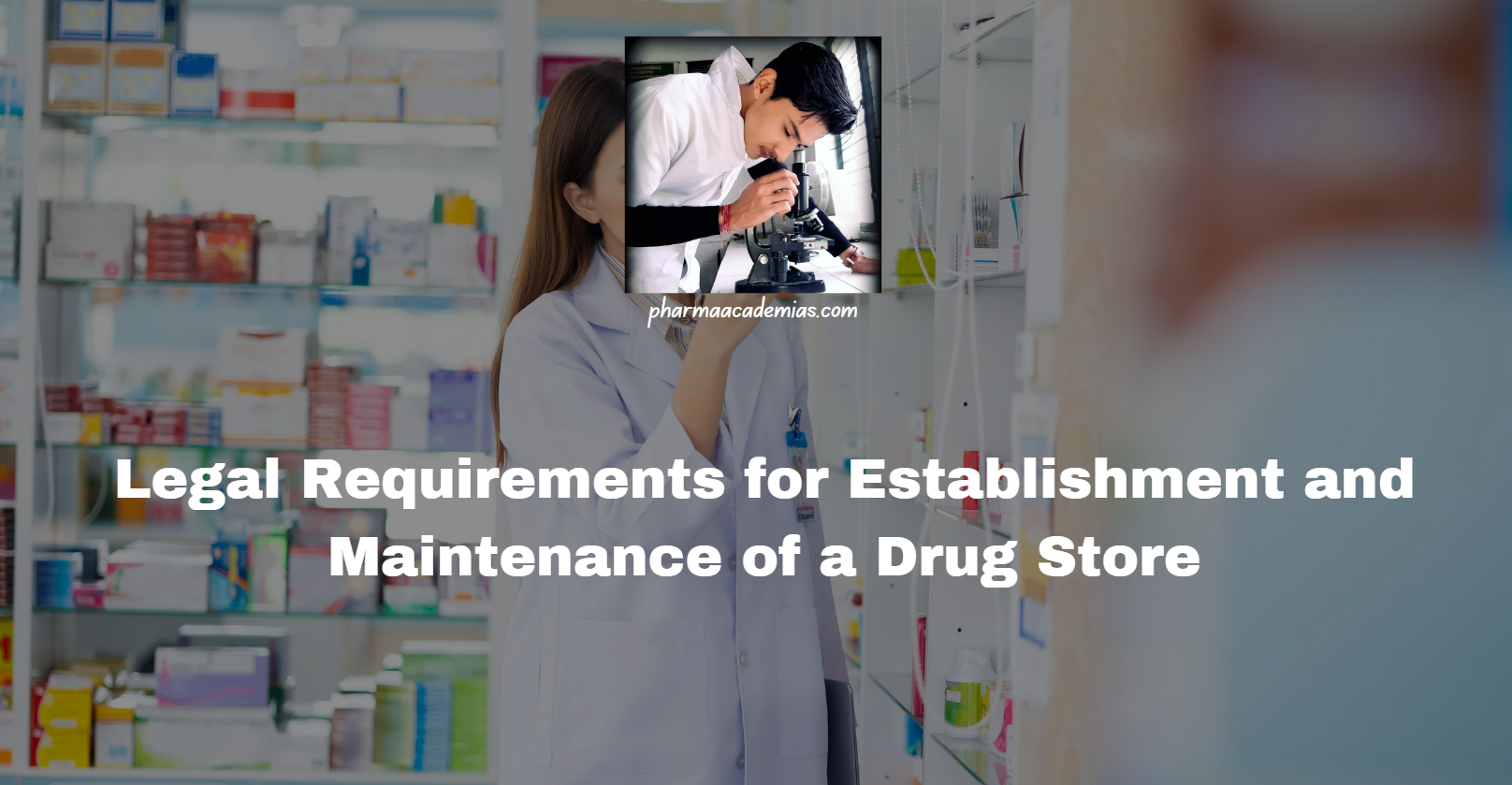Polymers: Introduction, Classification, Properties, Advantages, and Applications in Controlled Release Drug Delivery Systems
Introduction Polymers are large molecules composed of repeating structural units (monomers) connected by covalent bonds. These macromolecules can be natural (e.g., proteins, polysaccharides) or synthetic (e.g., polyethylene, polylactic acid). The versatility of polymers, such as their ability to modify drug release profiles, has made them central to the development of advanced drug delivery systems, particularly … Read more










